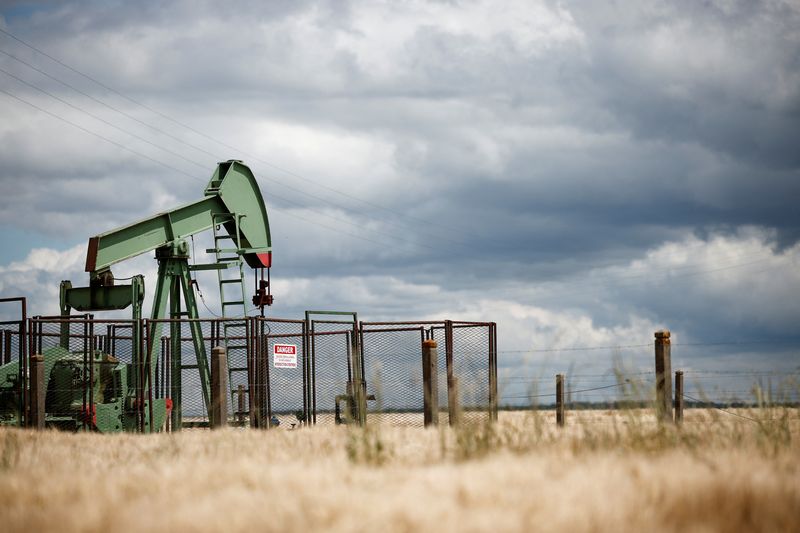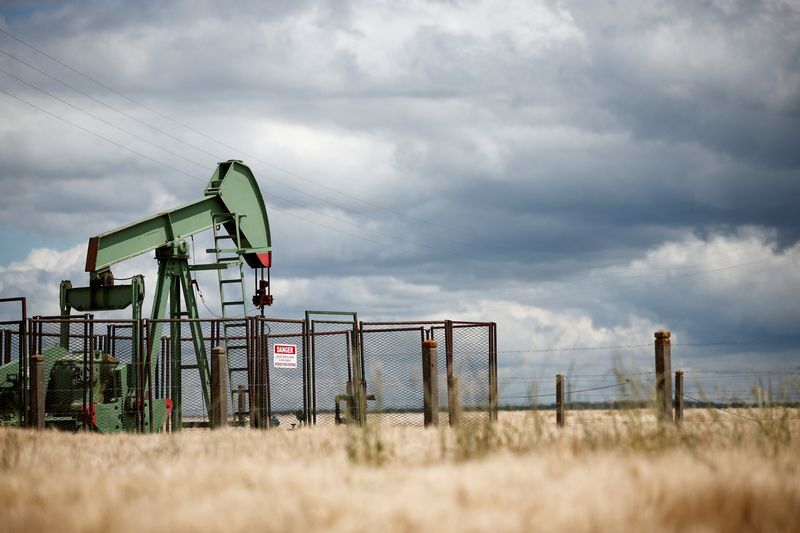
By Florence Tan and Gabrielle Ng
SINGAPORE (Reuters) – Oil prices traded in a narrow range on Tuesday ahead of what is expected to be an exceptionally close U.S. presidential election, after rising more than 2% in the previous session as OPEC+ delayed plans to hike production in December.
Brent crude futures ticked down 3 cents, or 0.04%, to $75.05 a barrel by 0600 GMT, while U.S. West Texas Intermediate crude was at $71.43 a barrel, down 4 cents, or 0.06%.
“We are now in the calm before the storm,” IG market analyst Tony Sycamore said.
Oil prices were supported by Sunday’s announcement from the Organization of the Petroleum Exporting Countries (OPEC) and their allies, a group known as OPEC+, to push back a production hike by a month from December as weak demand and rising non-OPEC supply depress markets.
Still, risk-taking remains limited with a busy week – including the U.S. election, the Federal Reserve’s policy meeting, and China’s National People’s Congress (NPC) meeting – keeping many traders on the sidelines, said Yeap Jun Rong, market strategist at IG.
For now, polls suggest the U.S. presidential race will be closely contested, and any delay in election results or even disputes could pose near-term risks for broader markets or drag on them for longer, added Yeap.
“Eyes are also on China’s NPC meeting for any clarity on fiscal stimulus to uplift the country’s demand outlook, but we are unlikely to see any strong commitment before the U.S. presidential results, and that will continue to keep oil prices in a near-term waiting game,” Yeap said.
Meanwhile, OPEC oil output rebounded in October as Libya resumed output, a Reuters survey found, although a further Iraqi effort to meet its cuts pledged to the wider OPEC+ alliance limited the gain.
More oil could come from OPEC producer Iran as Tehran has approved a plan to increase output by 250,000 barrels per day, the oil ministry’s news website Shana reported on Monday.
In the U.S., a late season tropical storm predicted to intensify into a category 2 hurricane in the Gulf of Mexico this week could reduce oil production by about 4 million barrels, researchers said.
“Technically, crude oil needs to rebound above resistance at $71.50/72.50 to negate the downside risks,” IG’s Sycamore said, referring to WTI prices.

“All of which suggests there won’t be a scramble to chase it higher in the short term.”
Ahead of U.S. weekly oil data on Wednesday, a preliminary Reuters poll showed on Monday that U.S. crude stockpiles likely rose last week, while distillate and gasoline inventories fell.
This post is originally published on INVESTING.



